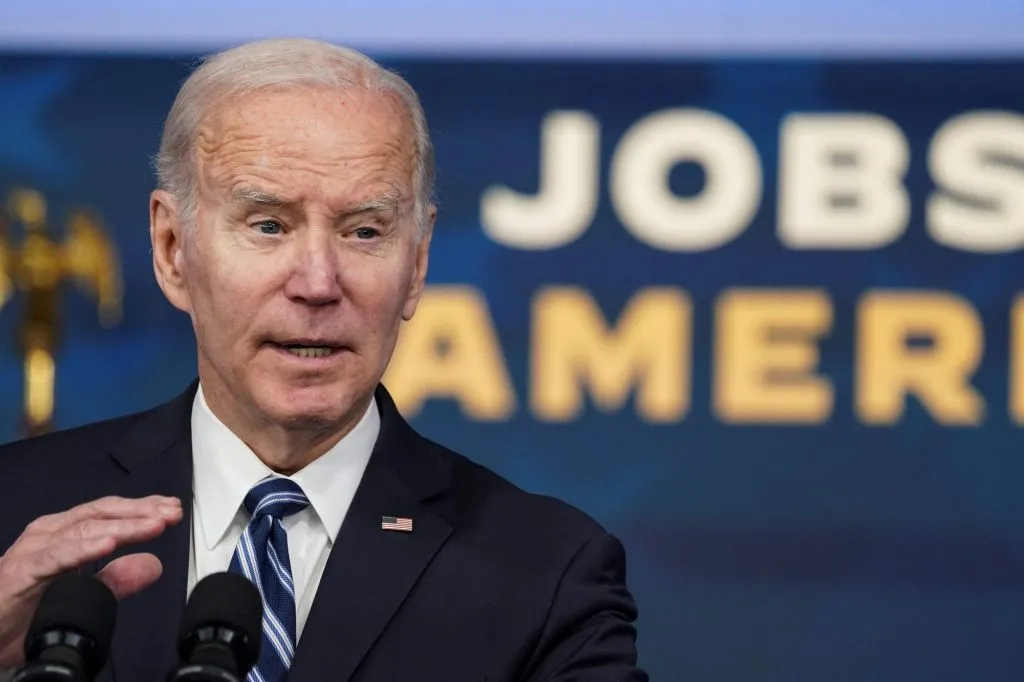The Unseen Powers: Who Was Really Running the Country During Biden’s Presidency?
As the dust settles on the tumultuous years of the Biden administration, many are left pondering a rather pressing question: while Joe Biden held the title of President of the United States, who was truly taking the reins in shaping policies and steering the country? This question has not only ignited political debates but also exposed the complex web of interactions within the government and external influences that characterize contemporary American governance.
The Administrative State
One of the most significant components of modern governance, often sidestepped in popular discourse, is the administrative state. This term refers to the vast array of federal agencies and departments tasked with implementing government policies and regulations. Under any administration, including Biden’s, the administrative state wields considerable power, often independently of the elected officials.
During Biden’s tenure, the administrative state not only continued to function but also experienced a significant expansion, particularly in response to the pandemic and its aftermath. Many agency heads and bureaucrats became instrumental in shaping the narrative around key issues such as public health, environmental regulation, and economic recovery. This begs the question: was Joe Biden, or anyone in his administration, truly in control? Or were they simply figureheads navigating a system with entrenched operators?
The Role of Influencers
Another vital aspect to consider is the role of influencers within the Democratic Party and beyond. Figures such as former President Barack Obama, who still possesses considerable clout, and progressive leaders like Alexandria Ocasio-Cortez can significantly impact policy direction. The influence of these individuals raises the question of how much Biden’s policies truly reflect his own objectives versus those influenced by his colleagues or party members.
David Marcus, a prominent voice in the debate, highlights the invisible hands governing America’s trajectory during Biden’s presidency. He points out that the evolution of certain policies—like the aggressive push for climate change legislation and social justice mandates—appears to reflect a broader progressive agenda that may not align solely with Biden’s centrist roots.
The Impact of Global Events
Moreover, the Biden administration’s governance was also heavily shaped by external factors, notably global events such as the Russian invasion of Ukraine and ongoing tensions with China. These events required swift responses that often diverted attention from domestic issues. The interplay between domestic political maneuvering and international crises suggests a governance model under pressure, where decision-making is reactive rather than proactive. Many specialists argue that such scenarios often lead to leaders appearing more like administrators of crises than architects of policy.
The Role of Technology and Information
In today’s political landscape, the flow of information has become integral to governance. The Biden administration had to navigate a new kind of reality, markedly influenced by social media and the rapid dissemination of news. The narrative surrounding who was running the country during Biden’s presidency is further complicated by misinformation and curated media that can shape public perception.
Your opinion or belief about who governs can often hinge on the sources of information you consume, leading to a fractured understanding of reality among the populace. The perception of Biden not truly running the country is exacerbated by contrasting narratives across different media outlets, especially among polarized news sources.
Political Alliances and Challenges
The Democratic Party itself has been in flux, balancing between centrist Democrats and progressive factions. This intra-party dynamic has resulted in fractious debates about the true direction of the party and the country at large. The party’s struggle to unify its various factions presents the possibility that Biden may not have the absolute authority typically expected from a sitting president.
As we analyze significant legislative efforts, particularly around infrastructure, health care, and social justice issues, it appears that Biden has had to contend with differing expectations from within his party, often leading to compromises that may dilute his initial proposals. The strategic decisions made within these coalitions effectively shape the decision-making landscape and highlight the limitations of singular presidential authority.
Conclusion
As we reflect on Biden’s presidency, it becomes increasingly clear that understanding governance in modern America requires a broader lens beyond the actions of a single individual. The intertwining influences of the administrative state, party politics, external events, and information ecosystems create a landscape where leadership is shaped by many hands. This concept of governance, often overlooked, raises unsettling questions about accountability and the present structure of authority in the United States.
Ultimately, while Joe Biden held the office of President, the multitude of actors and factors shaping decision-making during his tenure illustrates a need for reevaluation of how we perceive leadership in contemporary politics.







